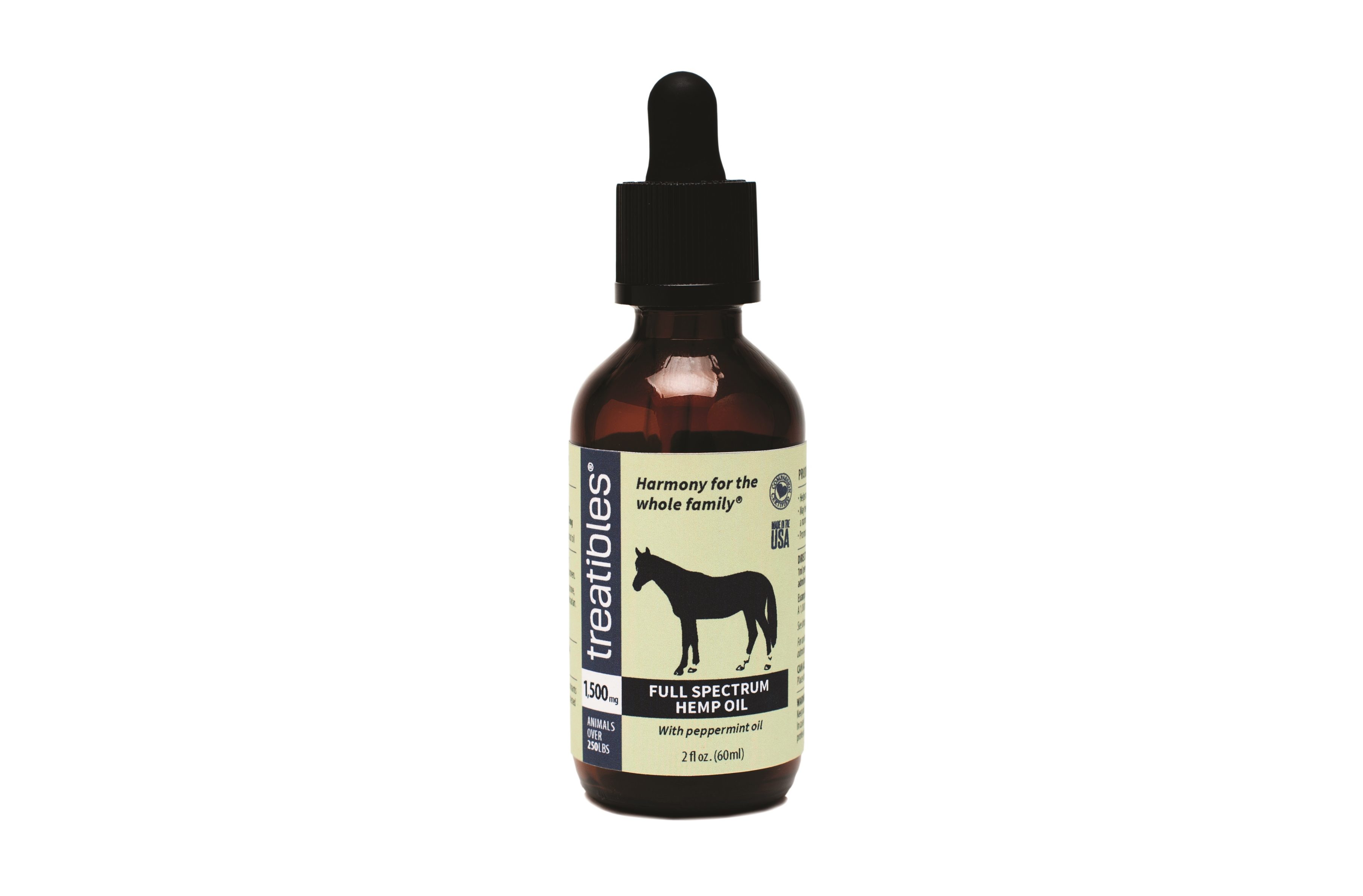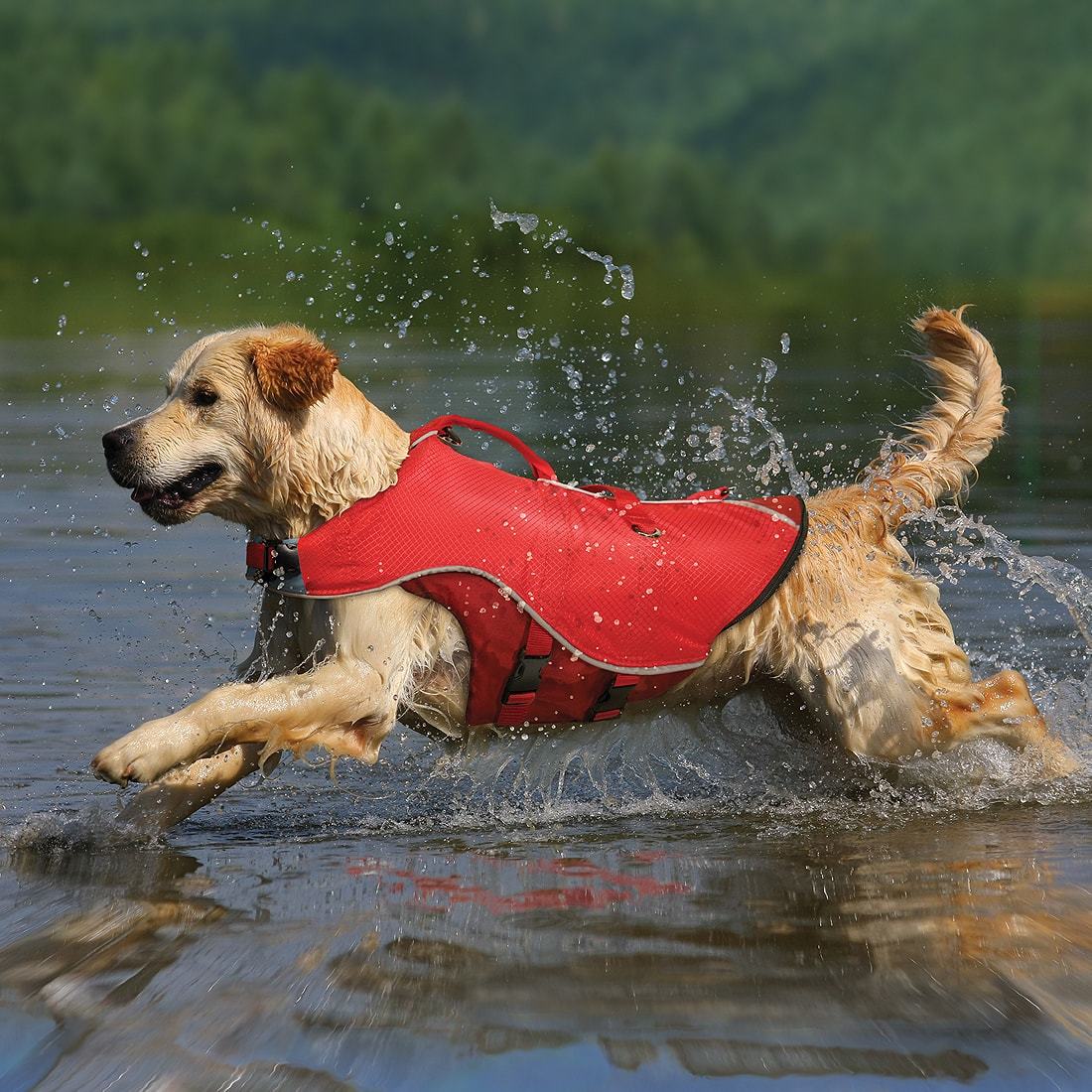Pet Ownership Reaches An All-Time High
Pet Age Staff //October 1, 2013//
God news pet retailers, pet ownership in the United States is at a record high, according to the newly released 2013-2014 American Pet Products Association National Pet Owners Survey.
The survey indicates that pet ownership among all U.S. households is 68 percent. This equates to an increase of 82.5 million pet owning households in 2012.
“As an industry, we have been working very hard to promote the joys and benefits of responsible pet ownership and we are thrilled to see that more people are opening their homes and sharing their families with pets than ever before,” Bob Vetere, APPA president and CEO, said. “We believe that key initiatives have contributed to the growth and increasing word-of-mouth including the formation of the Human Animal Bond Research Initiative two years ago, a large national social media campaign called Pets Add Life, school program, Pets in the Classroom and public service ad campaign, The Shelter Pet Project.”
Along with the increase in overall pet ownership, is a comparable gain in the total number of households owning a dog or cat.
Dog ownership swelled to 56.7 million households, while cat ownership grew to 45.3 million. These gains in dog and cat owning households mean that the total number of these pets has also increased. The current survey reports a total of 83.3 million dogs and 95.6 million cats in the U.S.
While the number of households owning a pet has increased in all categories from the last survey, the proportion of ownership by species has remained fairly stable.
Dogs and cats are still the most popular species, owned by 46.7 percent and 37.3 percent of the U.S. population, respectively. After a decline in 2010, freshwater fish returned to ownership levels previously reported from 2000 and 2010, which was 12 percent. Saltwater fish ownership saw an increase as well, at 1.5 percent of the total U.S. population.
The same can be said for bird ownership, which dipped in 2008 and 2010 to 5 percent, but is now back up to 5.7 percent. Small animal and reptile ownership levels have increased to 5.7 percent and 4.6 percent, respectively.
More households than ever before own small animals, reptiles or saltwater fish.
An increase in multiple pet owning households also contributed to the overall growth in pet ownership. The survey reveals that multiple pet ownership is at an all-time high with 44 percent of pet owning households in the
U.S. owning more than one pet, up from 42 percent of households in 2010.
Similar to years past, the most popular combination of pets owned is a dog and cat, as noted by 29 percent of pet owners in 2012. Industry initiatives such as Pets Add Life and Maddie’s Fund have specifically targeted multiple pet owning households based on the idea that people with an affinity to pets already are more likely to add another to their household.
As might be expected, food is one of the highest annual expenses for owners of all species, except freshwater fish, with $239 spent on food for dogs, and $203 spent on food for cats.
Veterinarian visits, whether emergency, sick, surgical or routine, are also named as top expenses, particularly among dog, cat and bird owners. Boarding is another item of significant expense for owners, with an average of $327 spent on dog boarding, $337 on cat boarding and $3,584 spent on boarding horses.
It is also worth nothing that for many common expenses, dog owners spend more, on average, than cat owners.
For example, amounts spent on beds, treats, grooming, heart worm medication, leashes, surgical vet visits and toys for dogs are close to double amounts spent on those same items for cats.
Increases in both dollar amounts spent and services provided indicate pet owners’ priority in caring for their pets’ health. With pet insurance expected to increase in 2013, it is another sign of pet owners treating their pets like a true member of the family.
The use of pet meds and supplements to ensure longer, healthier lives for pets is increasing as well.



















